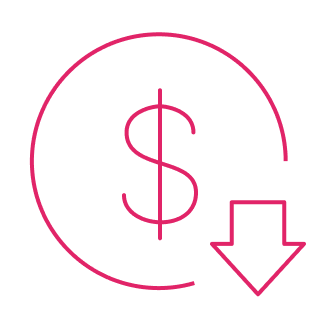Everything You Need to
Know About Invalid Traffic (IVT)
What is invalid traffic (IVT)?
Invalid traffic, or IVT, refers to any online action, such as a click or visit, that doesn’t happen as a result of genuine interest. It could be fraudulent clicks by bots or users with malicious intent, accidental clicks from visitors who didn’t notice the link or the ad, or even other automated traffic, like website crawlers with no malicious intent but also no genuine interest.
In 2022, invalid traffic (IVT) made up 40% of all web traffic.
Following this, not all the clicks and visits you see on your website or ads reflect a genuine interest in your product, service, or business. A significant portion of it most likely originates from malicious bots, humans with fraudulent intentions, or accidental clicks.
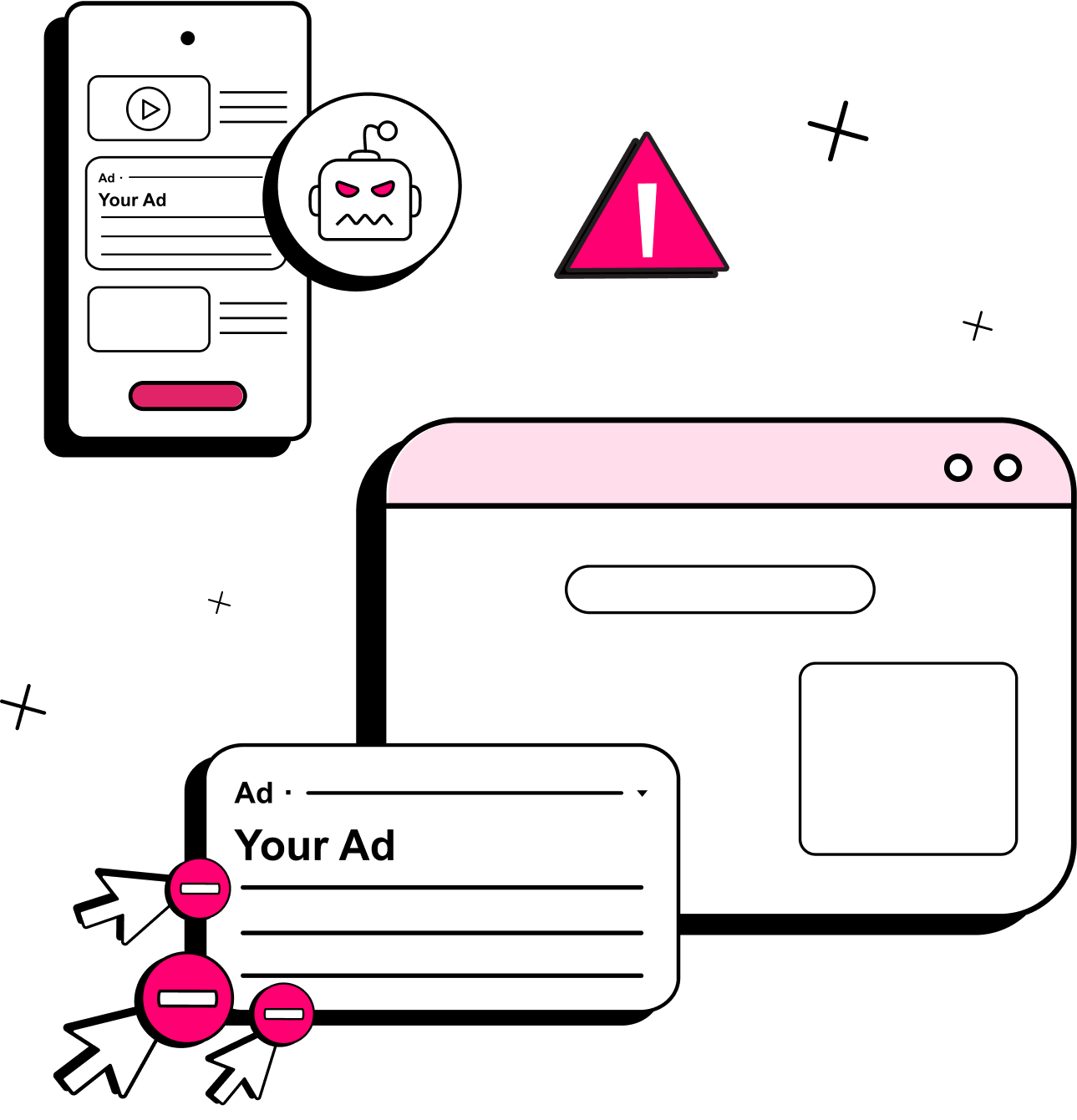
The damage IVT causes to businesses
The lost of businesses per year According to our latest research:
Some other statistics related to IVT and fake traffic suggest:
- The countries most affected by IVT in 2022 were the USA, with an IVT rate of 44%, followed by Australia at 6.8%, and the UK with 6.7% (source)
- In 2022, almost $36 billion of ad spend out of the $600 billion in total spent on advertising was wasted on fake traffic. (source)
- According to a study by ClickCease, the average rate of invalid or fraudulent clicks across all pay-per-click ads is around 14%. (source)
Common forms of invalid traffic
IVT can be categorized into two fundamental types: General Invalid Traffic (GIVT) and Sophisticated Invalid Traffic (SIVT).
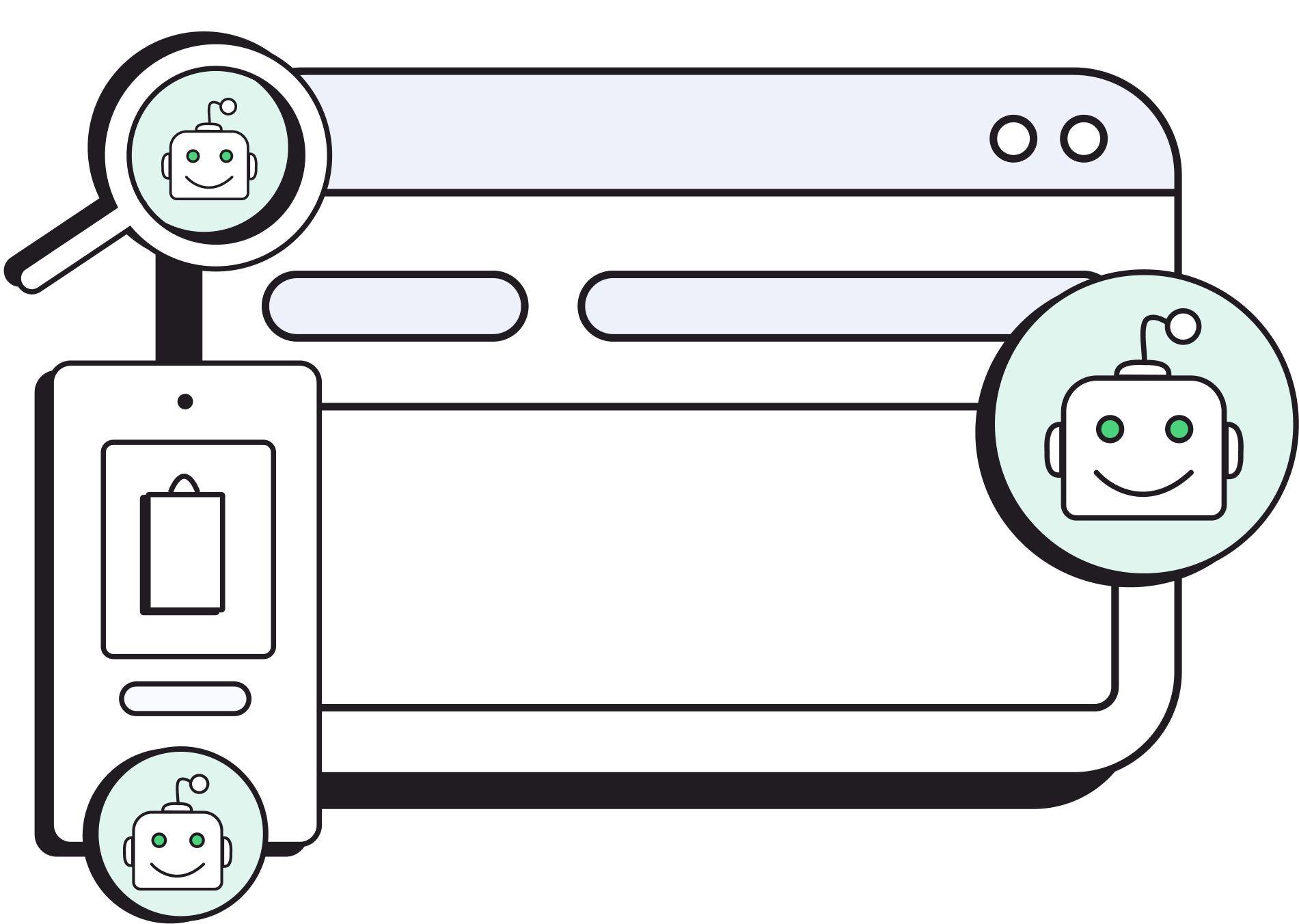
Sophisticated Invalid Traffic (SIVT)
Sophisticated Invalid Traffic (SIVT) is another type of web traffic, but it’s pretty different from GIVT. Unlike GIVT, SIVT is fake web traffic, usually generated by bad bots, and can lead to fraud and financial losses.
These bots are designed to mimic human behavior, making it harder for SIVT to be detected. A few examples of such bad bots involved in fraudulent activities include click bots, spambots, DDoS bots, and others.
They may engage with websites, click on ads, or perform other actions that seem legitimate, like adding items to carts. But what they’re actually trying to do is defraud the website or advertisers.
To spot and block SIVT, businesses must be proactive. Advanced analytics monitoring methods, regular security updates, and fraud detection tools can protect your website and ads.
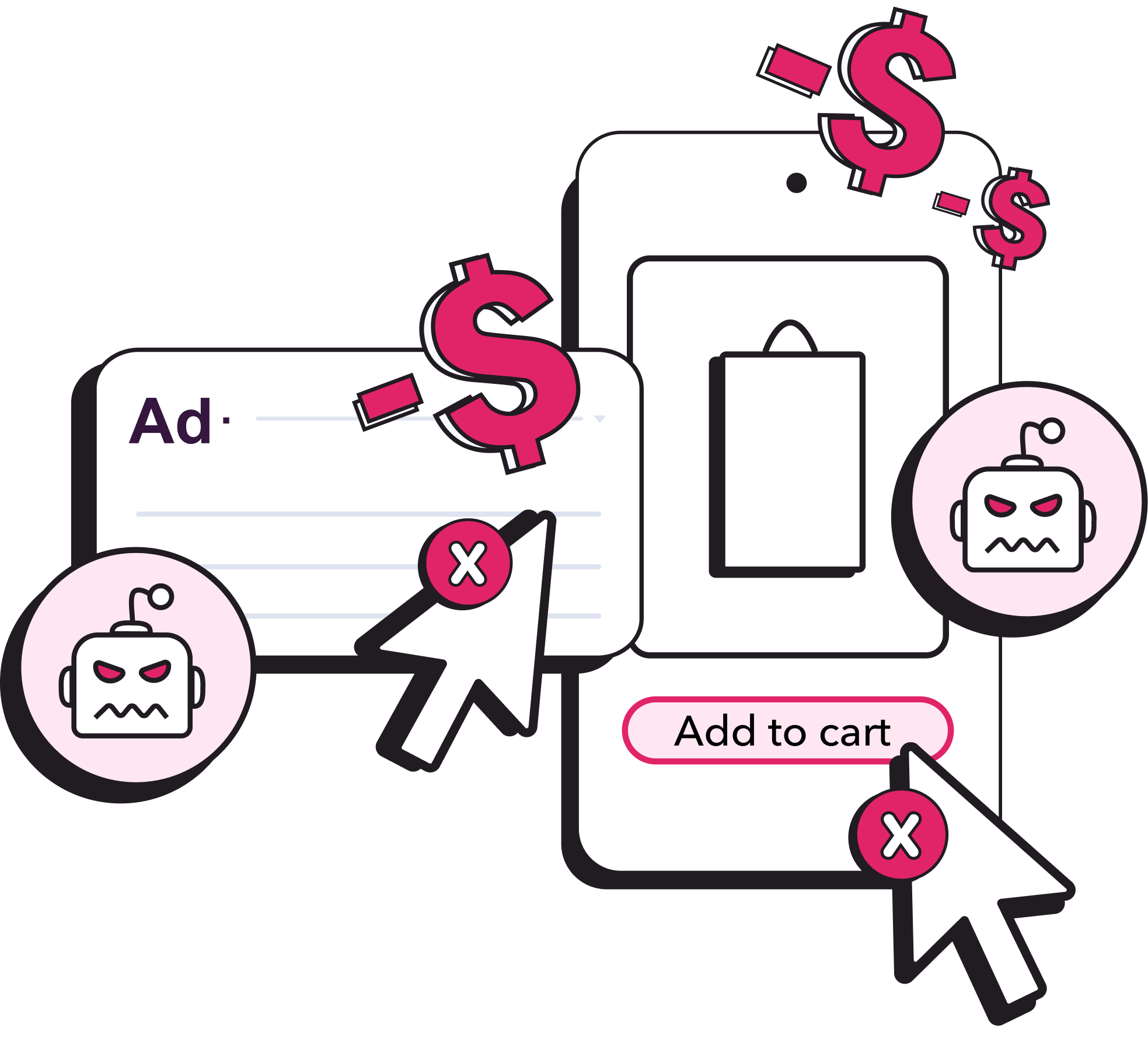
General Invalid Traffic (GIVT)
General Invalid Traffic (GIVT) is a type of web traffic that usually comes from good bots.
Such bots visit your website or application but are not trying to do anything fraudulent or to hide their activity. But they are also not bringing any positive outcomes, like making purchases or engaging with content.
Most of the time, GIVT comes from bots like search engine crawlers, data centers, or traffic routed through VPNs.
Block invalid traffic within minutes
Why is IVT a critical concern
in digital marketing?
The issue of invalid traffic poses a growing concern for marketers and business owners. If left
unaddressed, it can distort the accuracy of the key performance indicators (KPIs) and have a
detrimental impact on marketing strategies, decision-making, and overall operations.
It’s estimated that marketers globally are losing over $100 billion just as a result of ad fraud.
Considering that invalid traffic affects all forms of marketing, not just the paid ones, it’s clear that
actual damage is way more significant.
However, the negative consequences go beyond financial losses. It’s challenging to quantify the full
extent of the damage IVT inflicts on decision-making processes, the effectiveness of marketing
teams, and other critical aspects of business operations.
Here are some of the most common ways that IVT can impact your business:
How to block invalid traffic?
Blocking invalid traffic is crucial for maintaining the integrity of your online presence and ensuring accurate data analytics. To do this effectively, several strategies can be employed.
1.
Implement strong bot
detection mechanisms
Firstly, implementing strong bot detection mechanisms, such as CAPTCHAs, behavioral analysis, or fingerprinting, can help identify and block automated bot traffic. You can often find advanced protection solutions like CHEQ Essentials that offer these features. start your free trial here

2.
Monitor and filter out suspicious IP addresses
While some cybercriminals use more sophisticated networks and servers, many of them still rely on infrastructure previously associated with fraudulent activities. There are blacklists available of known fraudulent data center IP addresses that you can block right away.
Additionally, you can track and identify suspicious IP addresses directly from your analytics and block them to avoid further visits to your website

3.
Regularly review data analytics
Regularly reviewing your data is one of the most important steps if you want to keep fake traffic out of your funnels.
Through Google Analytics (or other web analytics tools), you can easily spot unusual patterns, such as a sudden influx of traffic or click fraud.
If you are able to identify fraudulent data sources early, it’s easier to develop strategies to block invalid activity.

4.
Update your software regularly
With new and sophisticated methods fraudsters use to drive invalid traffic, keeping your software up to date is important. This way, you’ll ensure you have the latest cybersecurity patches that fix known vulnerabilities.
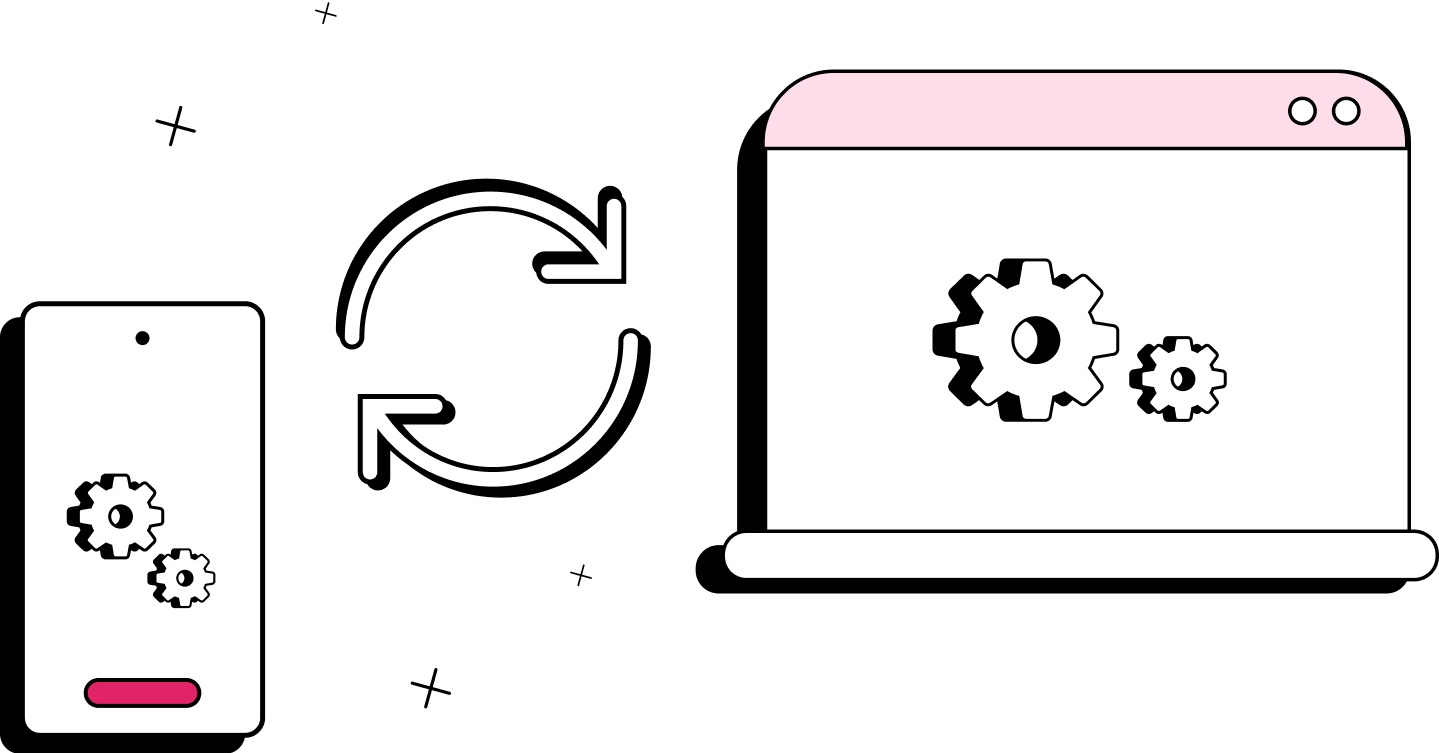
Block invalid traffic
with CHEQ Essentials
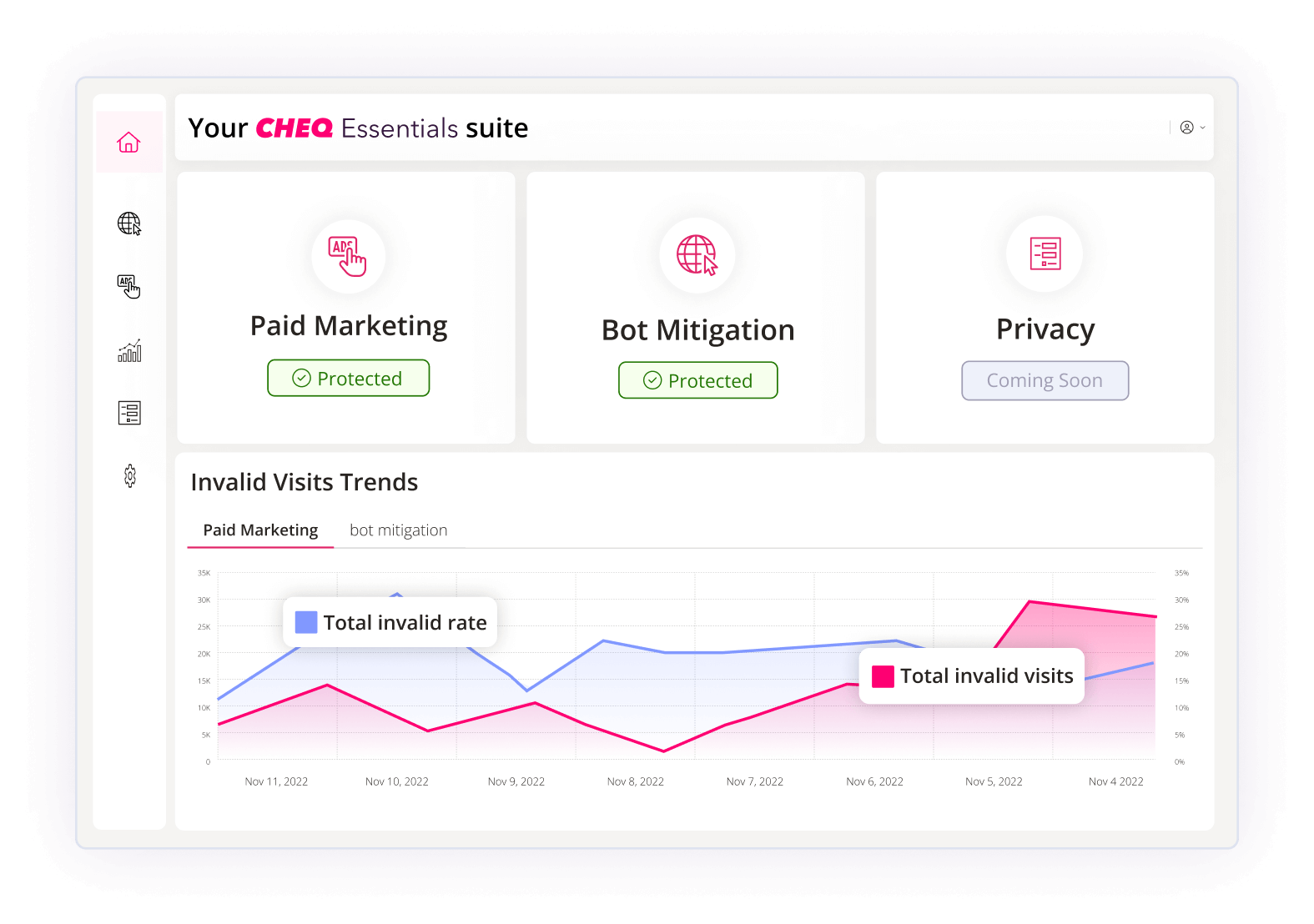
CHEQ Essentials is a top IVT detection and mitigation solution designed to safeguard your online assets, including websites, PPC ads, organic content, and funnels.
Fighting and preventing IVT interference with your analytics can be challenging, making an automated tool crucial for consistent monitoring, identification, and blocking of IVT. While manual protection measures and traffic monitoring offer some level of security, they may inadvertently filter out real users and good bots.
CHEQ Essentials ensures no real
users and good bots are filtered out
CHEQ Essentials addresses this issue with over 2000 real-time behavioral tests, ensuring that no fake user goes unnoticed and that legitimate traffic is not accidentally blocked, providing a reliable and comprehensive solution for online asset protection.
It offers three essential solutions for your critical online assets:
- Paid marketing solution to protect PPC ads
- Bot mitigation to protect websites
- Multi-layer protection to secure your entire marketing operations
Frequently asked questions
How to check invalid traffic in Google Ads?
How do I reduce invalid traffic?
How does Invalid Traffic (IVT) affect different advertising channels?
Invalid Traffic (IVT) affects advertising channels differently. In display and video advertising, IVT can inflate metrics like impressions and views, while search advertising may suffer from click fraud. Social media engagement metrics can also be distorted. IVT undermines campaign effectiveness, reduces the return on investment (ROI), and compromises data integrity.
Implementing solutions like CHEQ Essentials helps detect and prevent IVT, ensuring more accurate and efficient advertising efforts.

